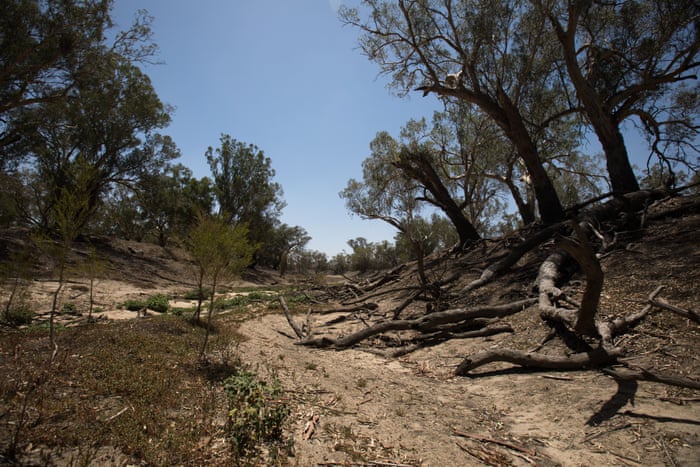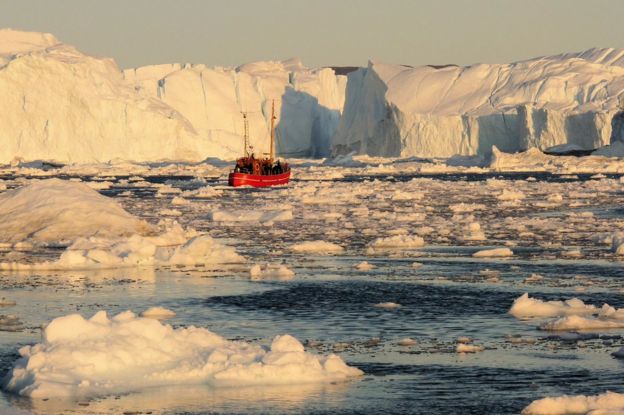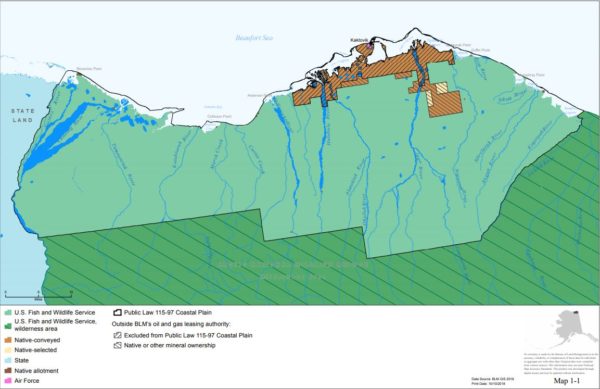The declining price of solar power gets more press, but there are big things happening in wind technology too. And I mean big.
The math on wind turbines is pretty simple: Bigger is better. Specifically, there are two ways to produce more power from the wind in a given area.
The first is with bigger rotors and blades to cover a wider area. That increases the capacity of the turbine, i.e., its total potential production.
The second is to get the blades up higher into the atmosphere, where the wind blows more steadily. That increases the turbine’s “capacity factor,” i.e., the amount of power it actually produces relative to its total potential (or more colloquially: how often it runs).
/cdn.vox-cdn.com/uploads/chorus_image/image/58951195/GE_RE_Offshore_Haliade_X_SOCIAL_02262018a.00_01_05_00.Still003.0.jpg) The GE Haliade-X, a big-ass wind turbine. GE
Wind energy: turbines are getting taller, bigger, and more powerful - Vox
The GE Haliade-X, a big-ass wind turbine. GE
Wind energy: turbines are getting taller, bigger, and more powerful - Vox


/cdn.vox-cdn.com/uploads/chorus_image/image/58951195/GE_RE_Offshore_Haliade_X_SOCIAL_02262018a.00_01_05_00.Still003.0.jpg)


